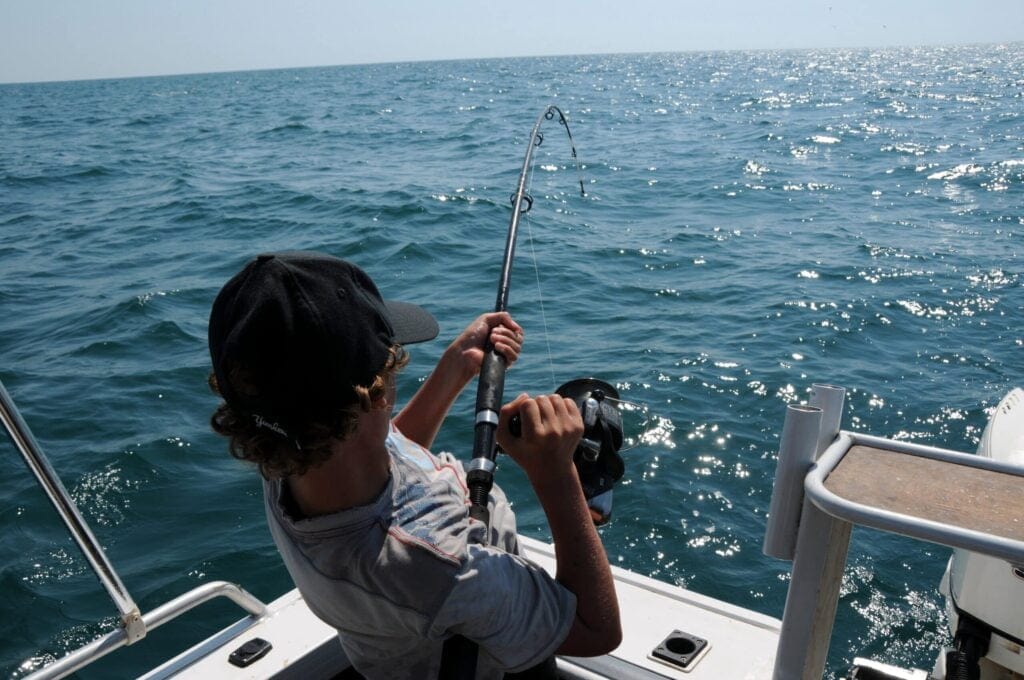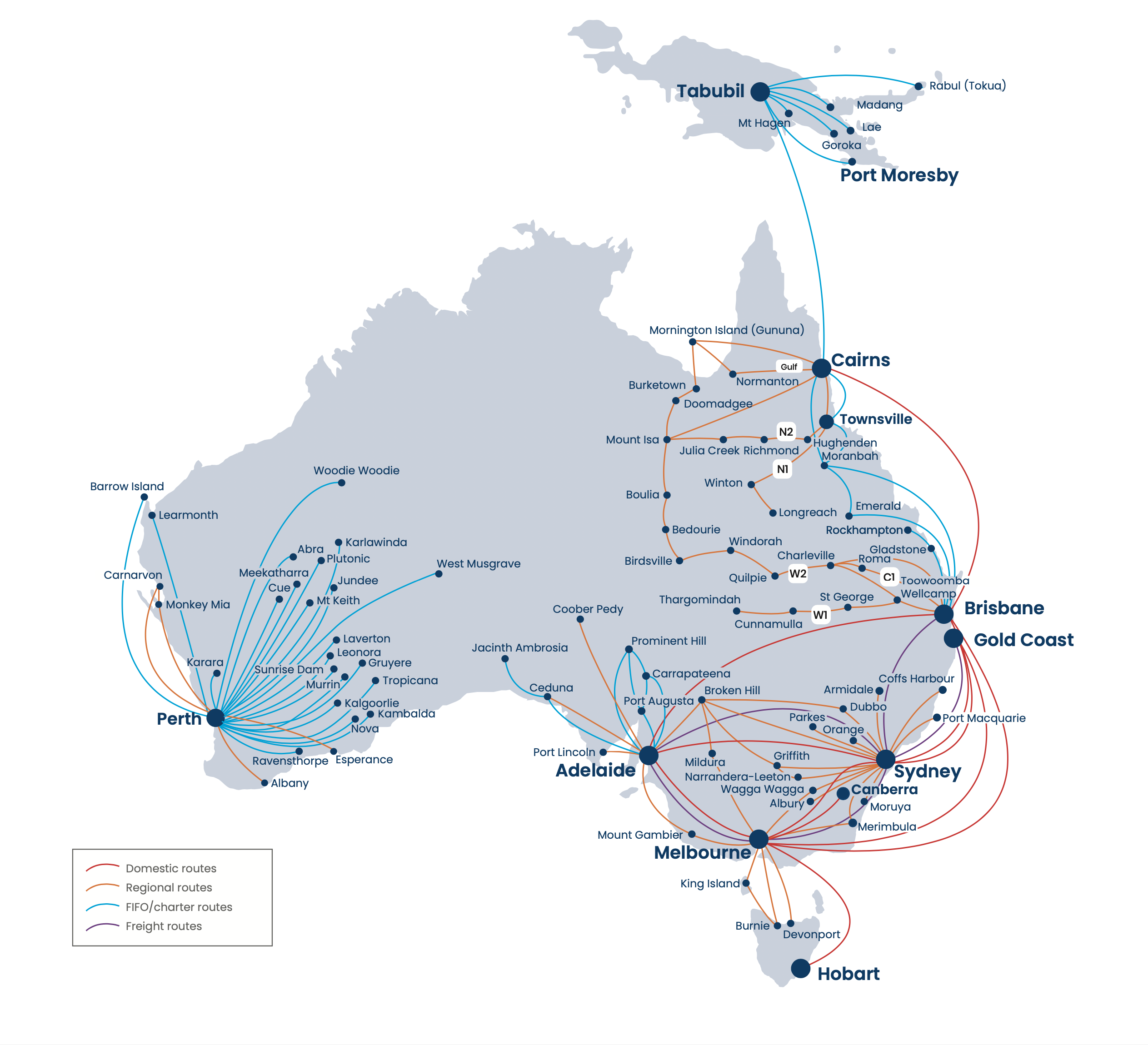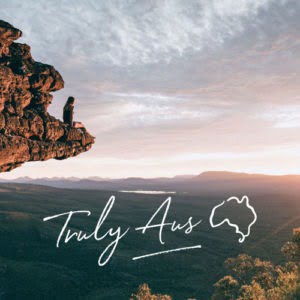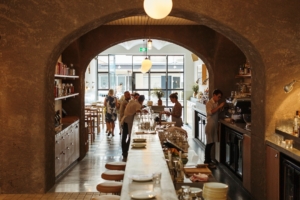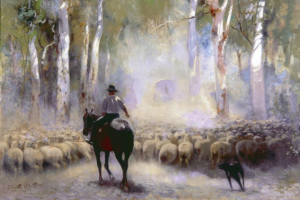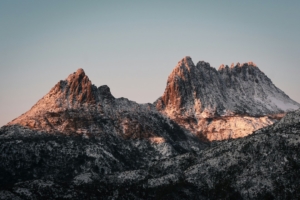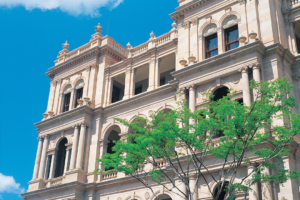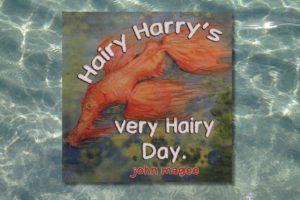Spectacular fishing and rich Indigenous culture draw visitors to the remote community of Mornington Island.
In the Gulf of Carpentaria, 28 kilometres off the Queensland coast, lies Mornington Island: one of Australia’s most pristine islands. It was named by British explorer Matthew Flinders in 1802, but is traditionally known as Gununa to the Lardil people, the island’s Traditional Owners, whose cultural history dates back thousands of years.
At 1,000 square kilometres, Mornington Island is the largest and northernmost of the Wellesley Islands. Fringed by mangrove forests and sea oaks, the crystal clear seas around the island teem with marine life and important bird breeding habitats. The island’s estuaries and wetlands also provide a habitat for many species of wildlife, including the rare rainbow bee-eater, dugong and endangered brolga.
With a population of only 1,200 people, this idyllic region features internationally acclaimed artworks and rich cultural heritage – and it’s also one of the best fishing destinations in Australia.
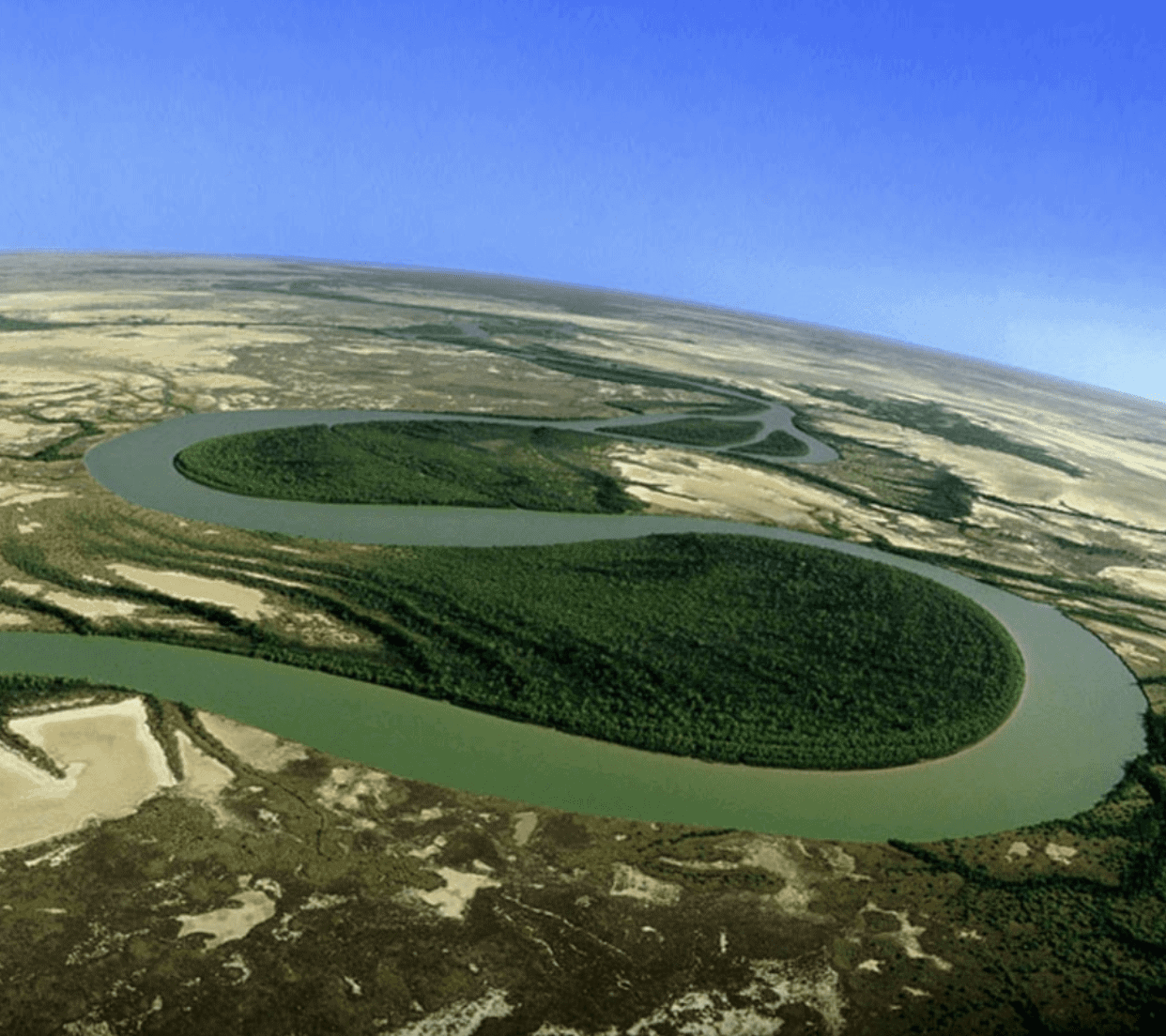
A fishing paradise
Fishing conditions around Mornington Island are spectacular, with a huge abundance and variety of marine life. The Wellesley Islands are surrounded by acres of rock and coral reefs, much of which has never seen a fishing line. You can fly-fish off the pristine sandy beaches (just watch out for saltwater crocs!) or troll from the boat. Whether you are a seasoned fisherperson or you’re fishing for the first time, the surrounding waters cater to all.
Sweetlip is the fish most commonly caught, but the reefs are also alive with red emperor, coral trout, golden snapper and parrot fish. In winter, you have a good chance of landing a mackerel, giant trevally, queenfish, northern blue fin tuna or cobia. And, of course, the famous Gulf barra.
While the locals practice traditional spear fishing in the clear blue waters, you can find your all-important fishing supplies and tackle at the Gununamanda Variety Store. The sea has its dangers too, so take care: the water conditions of the Gulf can change rapidly, so make sure to check the weather forecast prior and travel with an experienced skipper.
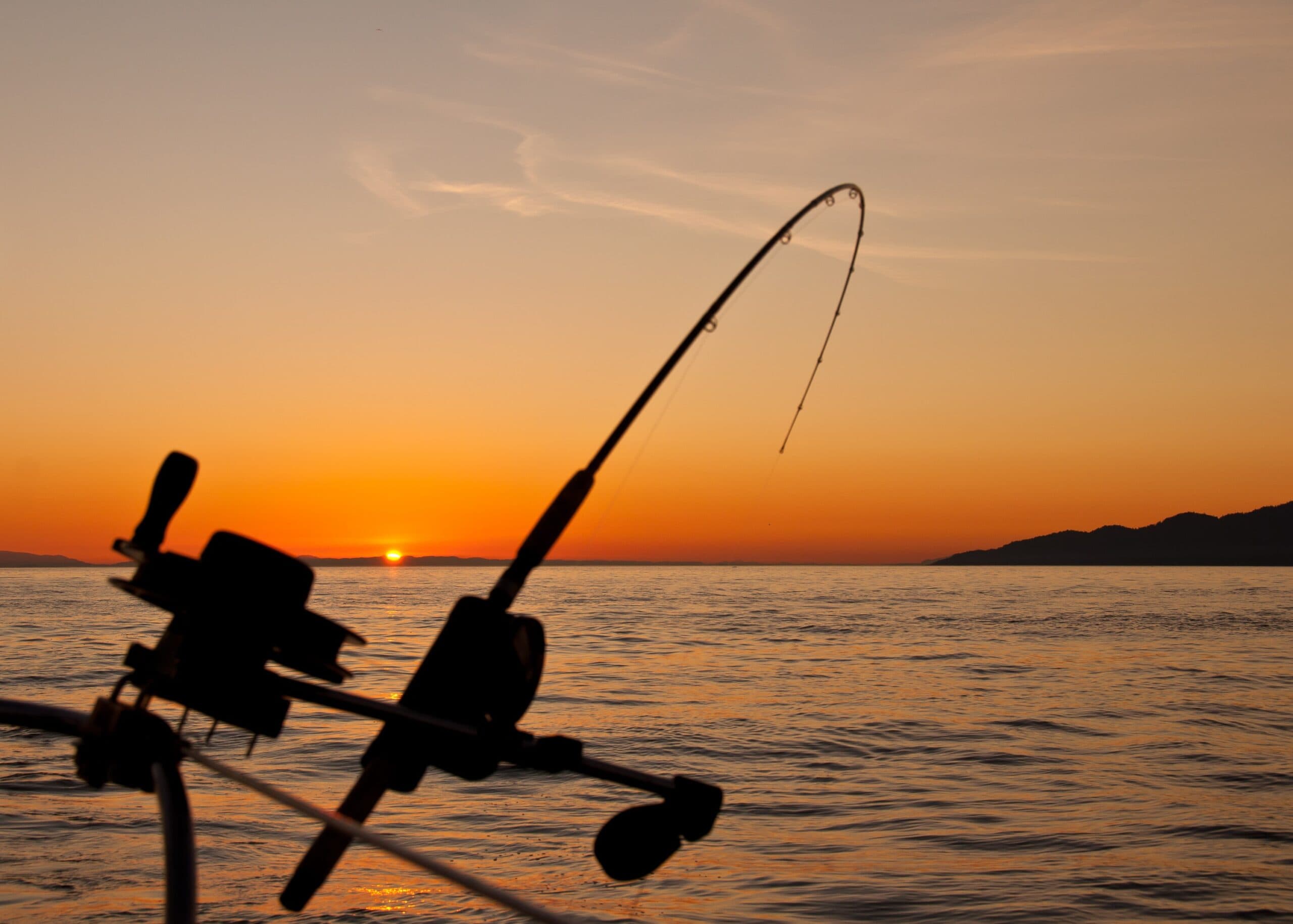
Saltwater people
The Lardil are saltwater people, which means their connection to the water is extremely important. Maintaining this connection to Country and culture is of the utmost priority, especially considering the island’s difficult past.
From the 1920s onwards, governments and missionaries forcibly brought together the Lardil, Yangkal and Kaidildt people from the surrounding Wellesley Islands, as well as children from the mainland, who were placed into missions on Mornington Island. This ‘dormitory’ system severely disrupted existing ways of life, language and cultural heritage.
These days, the island’s Elders teach the younger generations about their heritage and caring for the land. Check out this video from ABC Indigenous featuring Traditional Owners Karen Chong and Johnny Williams to learn more about the history of the island’s name.
Culture and community
Mornington Island is internationally renowned for its vibrant and colourful artwork. Make sure you drop into MIArts, the local arts and culture organisation. Here, you can find paintings, textiles and crafts made by local artists. Through their work, they tell stories of heritage, family and spirituality, and a strong connection to Country and culture.
One well known artist is Agnes Kohler, whose work was featured in the most recent Darwin Aboriginal Art Fair. Of her art, she says: “I used to muck around scribbling, drawing little houses with my kids. My children tell me to join the old people here at the Art Centre… It’s also good to be alongside family members at the Art Centre working, creating and learning together.”
The Mornington Island Dancers are also one of the longest established Aboriginal performing arts groups in Australia with their inaugural public performance at the opening ceremony for the Sydney Opera House in 1973.
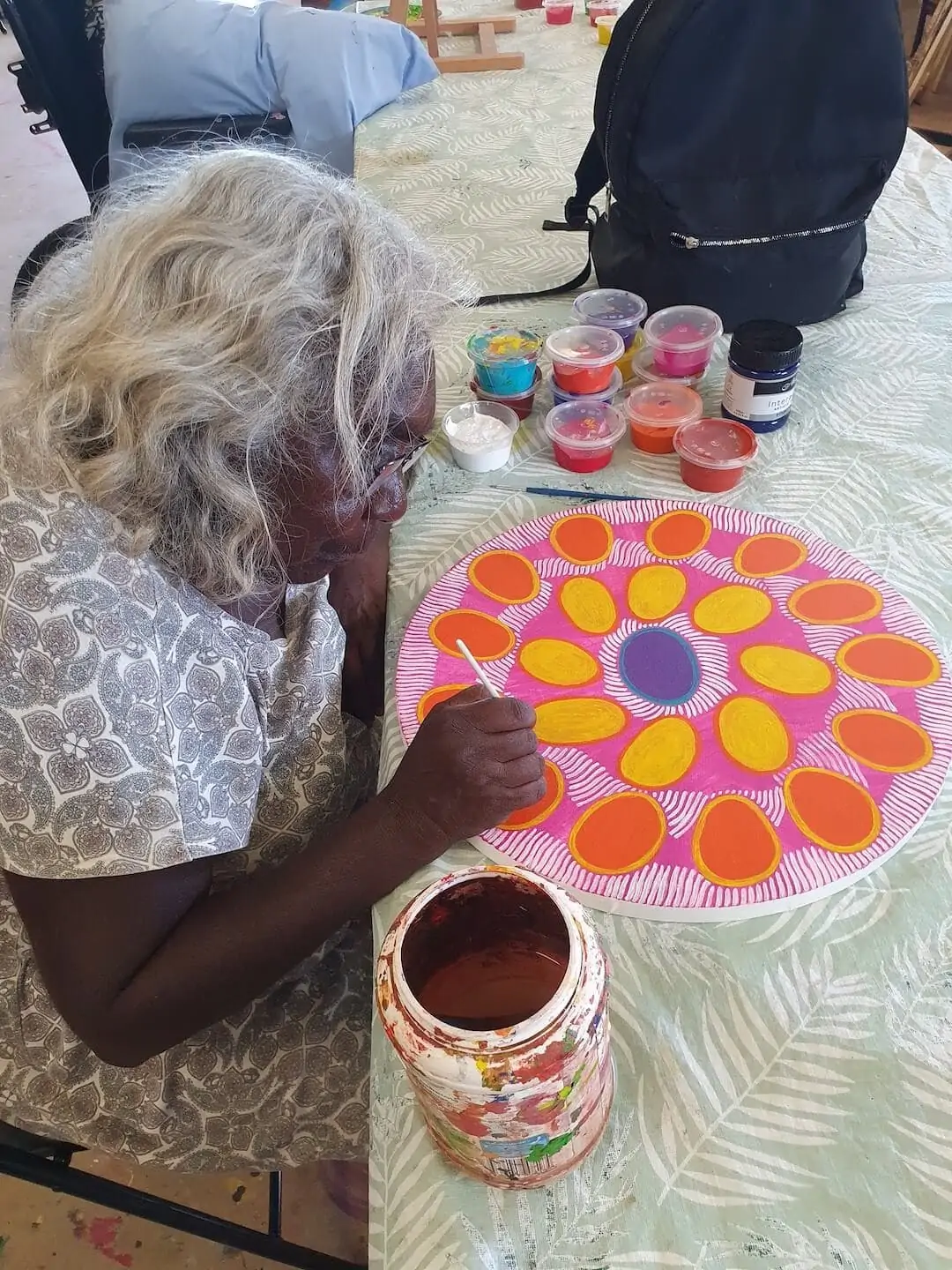
Where to stay on Mornington Island?
Like the rest of Far North Queensland, Mornington Island has two seasons: the wet (Dec-May), when the island experiences heavy rains and cyclones, and the dry (May-Nov), when the weather is ideal for visiting. Mornington Shire Council offers two accommodation options for visitors: Mornington Council Motel and Visitors Accommodation. These cabins overlook the ocean and are a great place to catch the evening sunset. Make sure to check out the Mornington Shire Council website to request permission to visit the island at least six weeks prior to your intended visit and to book your accommodation.
As a remote community, supplies are delivered by barge once a week – and ‘barge day’ is as exciting as Christmas. The Gununamanda Supermarket is where you can find a range of fresh produce and groceries, while you can pick up a sandwich, salad or takeaway coffee from the Lela Murrin Kiosk or Kuba Werne Cafe.
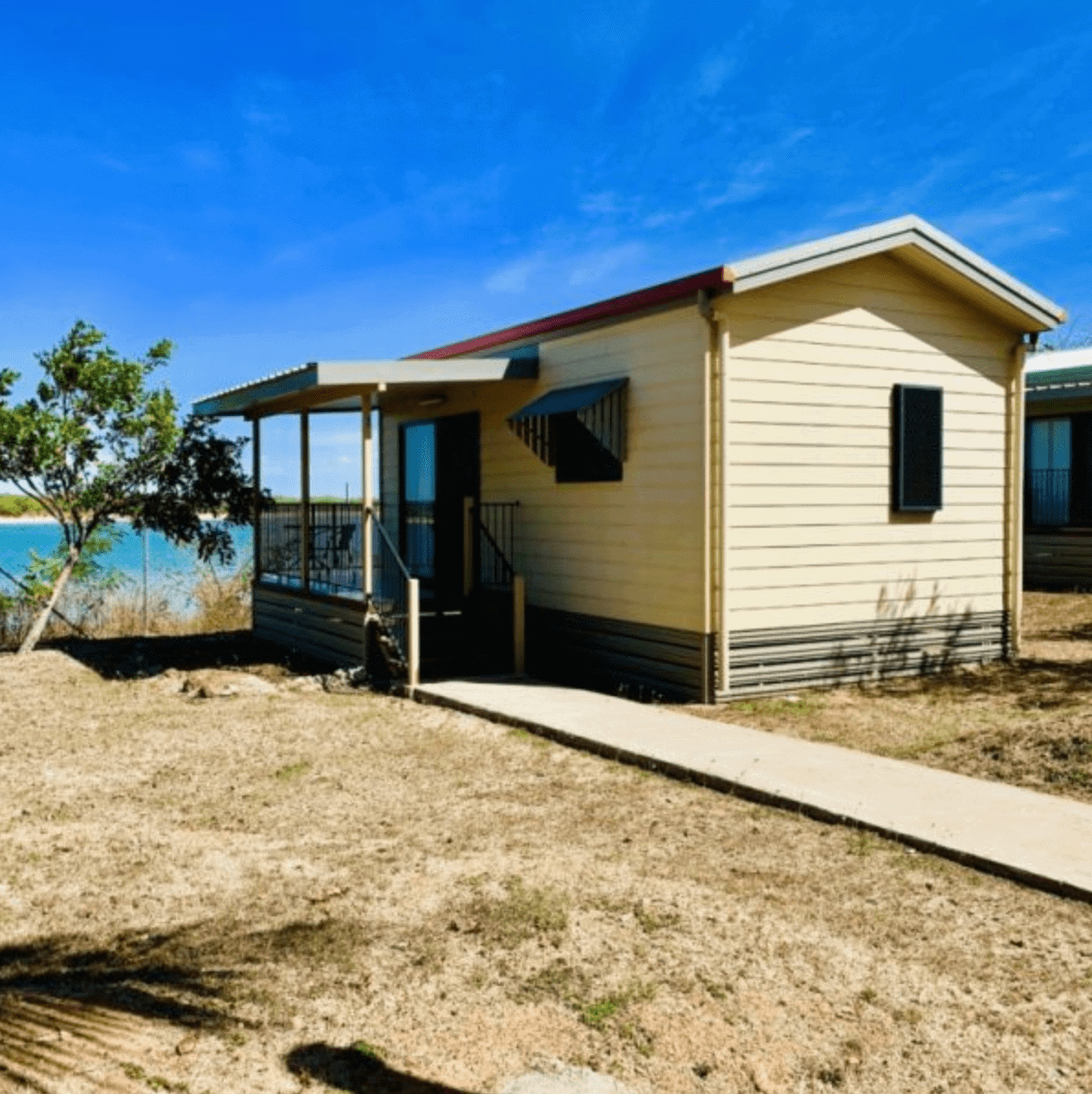
Want to explore more of Far North Queensland? Check out our special on the Gulf of Carpentaria here.
How to visit Mornington Island (Gununa)
Rex airlines fly five days a week to Mornington Island from Cairns and Mt Isa. See the map below and click here to book your flights.

